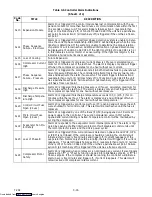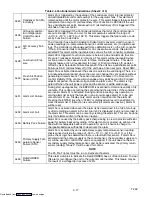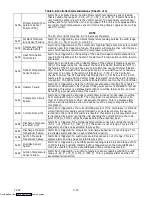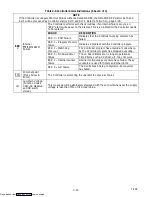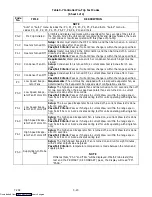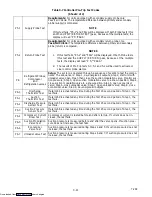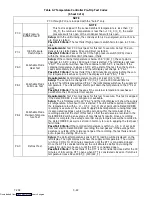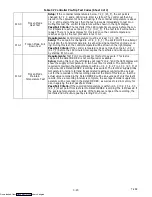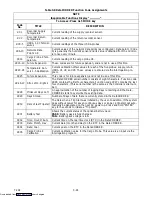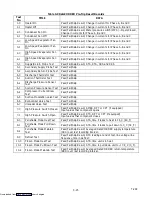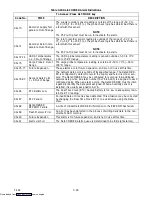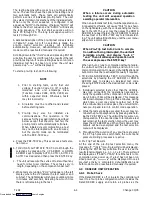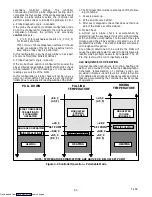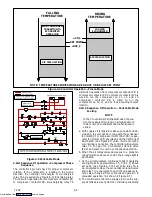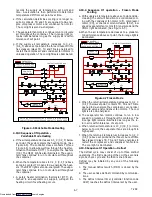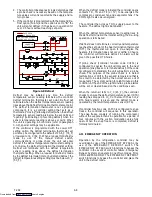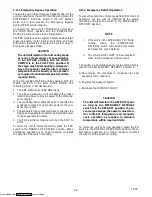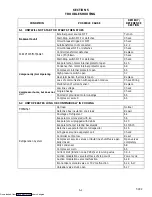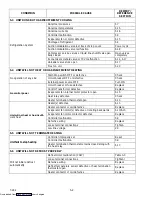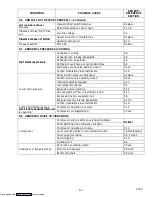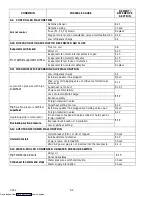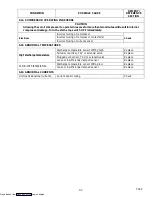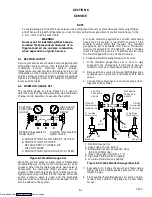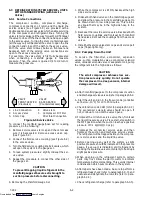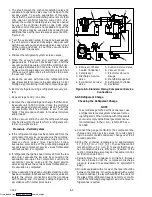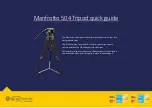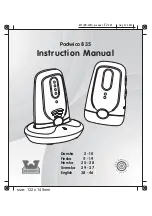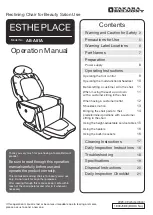
T-292
4-3
fan motor will stop and remain stopped until the CFS
switch is set to position ”I.”
CAUTION
When condenser water flow is below 11 lpm
(3 gpm) or when water-cooled operation is
not in use, the CFS switch MUST be set to
position ”1” or the unit will not operate
properly.
d. To shift to air-cooled condenser operation, stop the
unit, set the CFS switch to position ”I” and restart the
unit. Disconnect the water lines to the water-cooled
condenser.
4.5 CONNECT REMOTE MONITORING
RECEPTACLE
If remote monitoring is required, connect remote
monitor plug at unit receptacle. When the remote
monitor plug is connected to the remote monitoring
receptacle, the following remote circuits are energized:
CIRCUIT
FUNCTION
Sockets B to A Energizes remote cool light
Sockets C to A Energizes remote defrost light
Sockets D to A Energizes remote in-range light
4.6 STARTING AND STOPPING INSTRUCTIONS
WARNING
Make sure that the unit circuit breaker(s)
(CB-1 & CB-2) and the START-STOP switch
(ST) are in the “O” (OFF) position before
connecting to any electrical power source.
4.6.1 Starting the Unit
a. With power properly applied, the fresh air damper set
and (if required) the water cooled condenser con-
nected, (refer to paragraphs 4.2, 4.3 & 4.4) place the
START-STOP switch to “I” (ON).
NOTE
Within the first 30 seconds the electronic phase
detection system will check for proper com-
pressor rotation. If rotation is not correct, the
compressor will be stopped and restarted in the
opposite direction. If the compressor is produc-
ing unusually loud and continuous noise after
the first 30 seconds of operation, stop the unit
and investigate.
b Continue with Start Up Inspection, paragraph 4.7.
4.6.2 Stopping the Unit
To stop the unit, place the START-STOP switch in
position “0” (OFF).
4.7 START--UP INSPECTION
4.7.1 Physical Inspection
a. Check rotation of condenser and evaporator fans.
b. Check compressor oil level. (Refer to paragraph 6.6.)
4.7.2 Check Controller Function Codes
Check and, if required, reset controller Function Codes
(Cd27 through Cd39) in accordance with desired
operating parameters. Refer to paragraph 3.2.2.
4.7.3 Start Temperature Recorder
Partlow Recorders
a. Open recorder door and wind mechanical clock or
check battery of electronic recorder. Be sure key is re-
turned to storage clip of mechanical recorder.
b. Lift stylus (pen) by pulling the marking tip outward un-
til the stylus arm snaps into it’s retracted position.
c. Install new chart making sure chart is under the four
corner tabs. Lower the stylus until it has made contact
with the chart. Close and secure door.
Saginomiya Recorders
a. Open recorder door. Remove chart nut and platen.
Push voltage indicator test switch to check battery
condition. Replace battery if required.
b. Lift stylus (pen) by pushing in the stylus lifter and ro-
tating the lifter clockwise (raising stylus at the same
time) until lifter locks in position.
c. Install new chart making sure chart is under the four
corner tabs. Release stylus lifter by pushing down
and rotating lifter counterclockwise until stylus lifter
locks in position and stylus has made contact with
chart. Close and secure door.
DataCORDER
a. Check and, if required, set the DataCORDER Config-
uration in accordance with desired recording parame-
ter. Refer to paragraph 3.6.3.
b. Enter a “Trip Start”. To enter a “trip Start”, do the fol-
lowing:
1. Depress the ALT MODE key and scroll to Code
dC30.
2. Depress and hold the ENTER key for five seconds.
3. The “Trip Start” event will be entered in the Data-
CORDER.
4.7.4 Complete Inspection
Allow unit to run for 5 minutes to stabilize conditions and
perform a pre--trip diagnosis in accordance with the
following paragraph.
4.8 PRE-TRIP DIAGNOSIS
CAUTION
Pre-trip inspection should not be per-
formed with critical temperature cargoes in
the container.
CAUTION
When Pre-Trip key is pressed, economy, de-
humidification and bulb mode will be deac-
tivated. At the completion of Pre-Trip activi-
ty, economy, dehumidification and bulb
mode must be reactivated.
Pre-Trip diagnosis provides automatic testing of the unit
components using internal measurements and
comparison logic. The program will provide a “PASS” or
“FAIL” display to indicate test results.
Downloaded from
Summary of Contents for 69NT40-531 Series
Page 2: ...Downloaded from ManualsNet com search engine ...
Page 4: ...Downloaded from ManualsNet com search engine ...
Page 8: ...Downloaded from ManualsNet com search engine ...
Page 16: ...Downloaded from ManualsNet com search engine ...
Page 57: ...Downloaded from ManualsNet com search engine ...
Page 104: ...Downloaded from ManualsNet com search engine ...
Page 106: ...7 2 T 292 Figure 7 2 SCHEMATIC DIAGRAM Downloaded from ManualsNet com search engine ...

